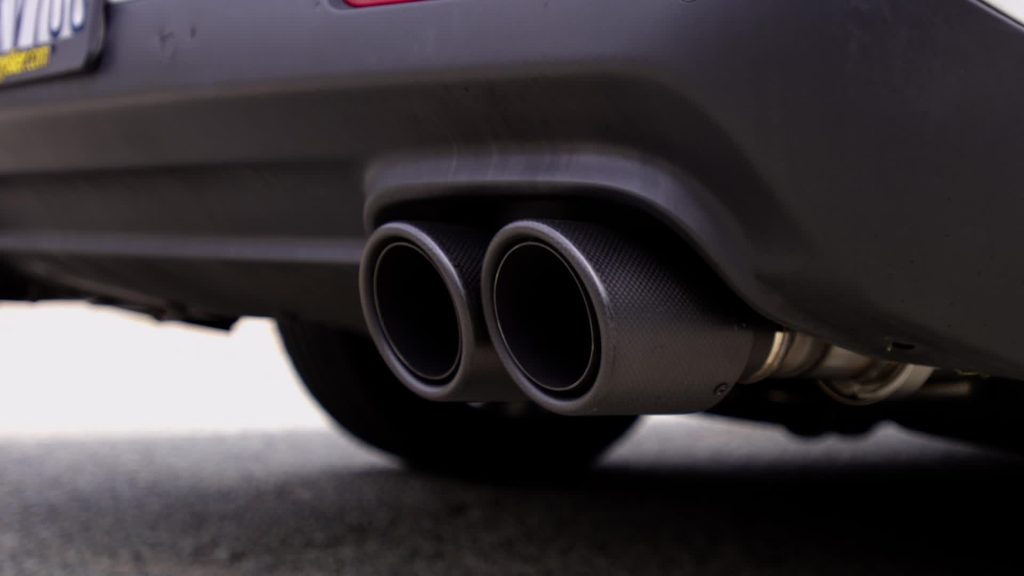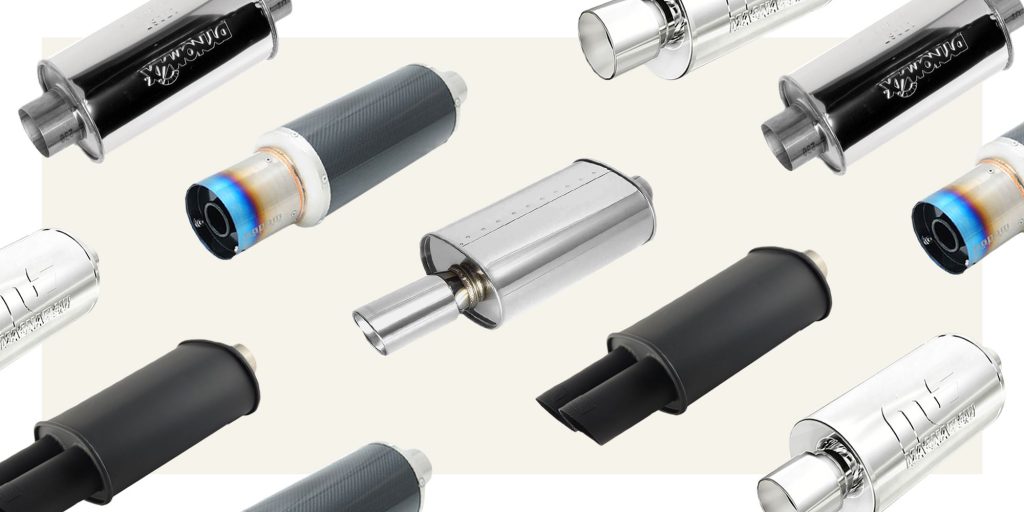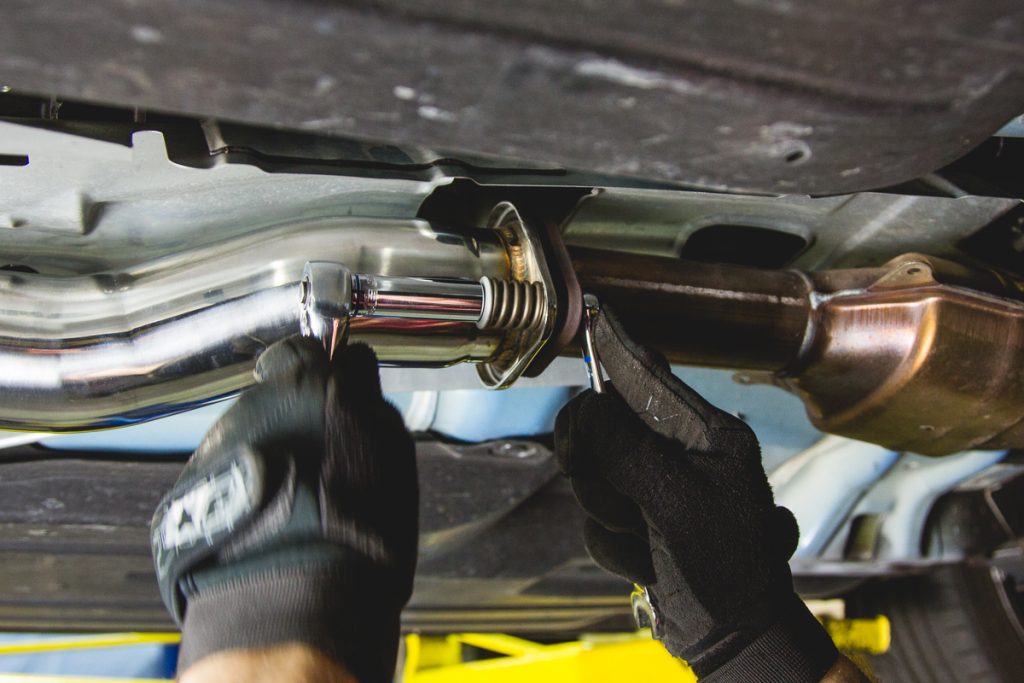
The humble car muffler is often overlooked, yet it plays a crucial role in reducing noise pollution and improving the overall driving experience. But how much do we really know about this vital component? In this article, we’ll delve into the world of car mufflers, exploring what they are, how they work, and the different types available. We’ll also discuss the history of mufflers, signs of a failing muffler, and tips for installing a new one. Whether you’re a car enthusiast or simply looking to learn more about your vehicle, this guide has got you covered.
1. What is a Car Muffler?
A car muffler is an automotive component that plays a crucial role in reducing the noise produced by a vehicle’s exhaust system. It is typically located at the rear of the vehicle and is designed to minimize the sound of the exhaust gases exiting the engine. The muffler is an essential part of a vehicle’s exhaust system, which also includes the exhaust pipes, catalytic converter, and tailpipe.
2. How Does a Car Muffler Work?
A car muffler works by using a series of chambers, baffles, and perforated tubes to slow down the flow of exhaust gases and reduce the noise produced by the engine. The muffler is designed to absorb sound waves and dissipate them as heat, rather than allowing them to escape into the atmosphere. The muffler’s internal design creates a series of pressure waves that cancel each other out, resulting in a much quieter exhaust note.
The process can be broken down into three stages:
- Stage 1: Exhaust gases enter the muffler and pass through a perforated tube, which slows down the flow of gases and allows sound waves to be absorbed by the muffler’s internal materials.
- Stage 2: The gases then pass through a series of chambers and baffles, which further disrupt the sound waves and reduce their frequency and amplitude.
- Stage 3: The gases finally exit the muffler through the tailpipe, producing a much quieter exhaust note.
3. Materials Used in a Muffler

Mufflers are typically made from a variety of materials, including:
- Stainless steel: Known for its durability and resistance to corrosion, stainless steel is a popular choice for muffler construction.
- Aluminum: Lightweight and corrosion-resistant, aluminum is often used in high-performance muffler applications.
- Titanium: Strong, lightweight, and corrosion-resistant, titanium is used in high-end muffler applications where performance and durability are critical.
- Fiberglass: A cost-effective and lightweight material, fiberglass is often used in stock muffler applications.
- Ceramic-coated materials: Some mufflers feature ceramic-coated materials to improve heat resistance and reduce noise.
4. History of Car Mufflers
The first car mufflers were developed in the early 20th century, as vehicles became more widespread and noise pollution became a growing concern. Early mufflers were simple devices that used a single chamber to reduce exhaust noise. Over time, muffler design has evolved to include more complex internal structures and advanced materials, resulting in more effective noise reduction and improved durability.
5. Types of Mufflers
There are several types of mufflers available, including:
- Stock mufflers: Original equipment mufflers designed for specific vehicle models.
- Aftermarket mufflers: High-performance or replacement mufflers designed for improved sound reduction or increased power output.
- Performance mufflers: Designed for racing or high-performance driving, these mufflers prioritize power output over sound reduction.
- Muffler delete kits: For off-road or racing applications, these kits remove the muffler altogether to increase power output and reduce weight.
6. How Mufflers Reduce Noise?
Mufflers reduce noise by using a combination of the following techniques:
- Sound absorption: Materials inside the muffler absorb sound waves and dissipate them as heat.
- Sound deflection: Baffles and chambers inside the muffler deflect sound waves, disrupting their frequency and amplitude.
- Sound cancellation: Pressure waves inside the muffler cancel each other out, resulting in a quieter exhaust note.
7. Signs of a Failing Muffler
Common signs of a failing muffler include:
- Increased exhaust noise: A loud or unusual exhaust sound can indicate a failing muffler.
- Rattling or clunking sounds: Loose or broken internal components can cause rattling or clunking sounds.
- Visible rust or corrosion: Rust or corrosion on the muffler’s exterior can indicate internal damage.
- Exhaust leaks: Leaks around the muffler or tailpipe can indicate a failing muffler.
- Decreased fuel efficiency: A failing muffler can increase exhaust backpressure, leading to decreased fuel efficiency.
8. Tips to Install a New Aftermarket Muffler

- Follow the manufacturer’s instructions: Ensure a proper fit and secure installation.
- Ensure proper alignment and secure mounting: Misaligned or loose mufflers can cause vibration and noise.
- Use appropriate gaskets and sealants: Prevent exhaust leaks and ensure a secure seal.
- Consider professional installation: If not experienced with exhaust system installation, consider seeking professional help.
9. Conclusion
In conclusion, a car muffler is a vital component of a vehicle’s exhaust system, playing a crucial role in reducing noise pollution and improving the overall driving experience. By understanding what a car muffler is, how it works, and the various types available, car owners can make informed decisions when it comes to maintaining or upgrading their vehicle’s exhaust system. Additionally, recognizing the signs of a failing muffler and following proper installation tips can help ensure a smooth and quiet ride. Whether you’re a car enthusiast or simply looking to learn more about your vehicle, we hope this comprehensive guide has provided valuable insights into the world of car mufflers.
Remember, a well-maintained muffler is essential for a safe, efficient, and enjoyable driving experience. Don’t let a faulty muffler disrupt your journey – stay informed, stay safe, and keep your car running smoothly!